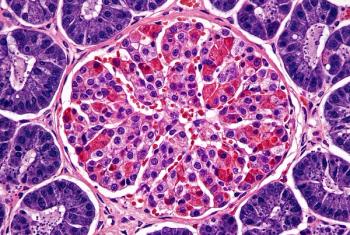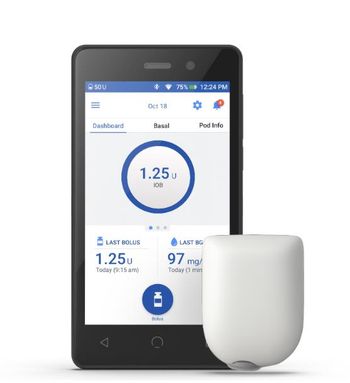
Diabetes Groups Support Early Detection and Monitoring of Type 1 Diabetes
A new guidance aims to provide a consensus on autoantibody testing and monitoring to identify those with early-stage type 1 diabetes whose disease could progress.
International diabetes organizations have come together to develop a guidance in support of monitoring patients who at risk for type 1 diabetes.
Type 1 diabetes is an autoimmune disease that affects about 2 million Americans, about 5% to 10% of all diabetes cases, according to the Centers for Disease Control and Prevention (CDC). In type 1 diabetes, the pancreas does not make insulin.
But as many as 40% of people with type 1 diabetes are unaware that they have the disease. Risk factors include having a parent or sibling with the disease. People of any age can get type 1 diabetes, but it usually develops in children, teens and young adults.
A blood test can be done to screen for autoantibodies, which are not present in people with type 2 diabetes. But there is an unmet need for a guidance on monitoring practices for at-risk patients, and there is a lack of information about the risk of disease progression in adults without a family history of type 1 diabetes who test positive for autoantibodies, according to the authors of a new
JDRF, now known as Breakthrough T1D, along with 10 international diabetes organizations, developed a
“The international consensus monitoring guidance underscores the importance of follow up care for individuals with type 1 diabetes autoantibodies and provides clarity and next steps for individuals, caregivers, and healthcare professionals,” Anastasia Albanese-O’Neill, Ph.D., associate vice president of Breakthrough T1D, told Managed Healthcare Executive. “The development of the guidance fills an important clinical gap, creates a pathway to realize the benefits of early detection of type 1 diabetes, and can help improve outcomes for those who go on to develop stage 3 type 1 diabetes. It is vital that we continue to build momentum toward widespread implementation of the guidance.”
Early detection and type 1 diabetes monitoring are “key priority areas for Breakthrough T1D as we drive toward cures and continue to advance therapies that can change the course of type 1 diabetes for those who face it,” Albanese-O’Neill said.
Currently, screening for islet autoantibodies is done for those with a first-degree relative with the disease. But the authors pointed out that up to 90% of people who develop type 1 diabetes are not part of at-risk groups.
The guidance provides recommendations for specialists to work with primary care physicians to monitor at-risk children (those who have a positive for a single autoantibody) and those who test positive for multiple autoantibodies. Children with multiple autoantibodies are at the greatest risk for progression to stage 3 (a clinical diagnosis) type 1 diabetes within 15 years, the authors said.
Monitoring of at-risk adults is even more important, the authors said because misdiagnoses of type 1 diabetes in adults remain common. Although progression of type 1 diabetes is slower in adults, adults with multiple autoantibodies with develop clinical diabetes.
The other organizations that support the guidance include: the European Society for the Study of Diabetes (EASD), American Diabetes Association (ADA), American Association of Clinical Endocrinology (AACE), American College of Diabetology (ACD), Association of Diabetes Care & Education Specialists (ADCES), Australian Diabetes Society (ADS), the International Society for Pediatric and Adolescent Diabetes (ISPAD), Advanced Technologies & Treatments for Diabetes (ATTD), DiaUnion, and the Endocrine Society.
Newsletter
Get the latest industry news, event updates, and more from Managed healthcare Executive.






















































